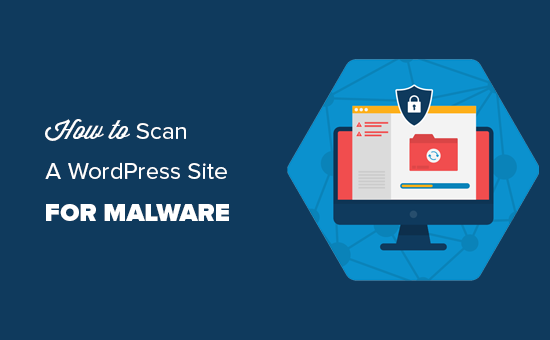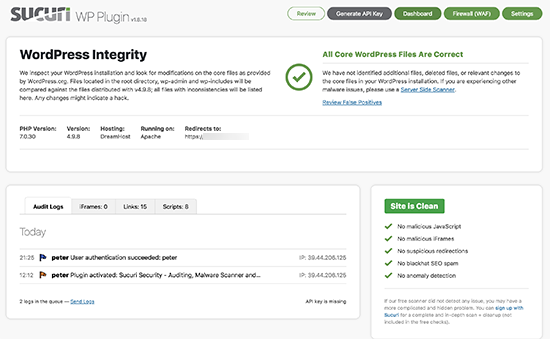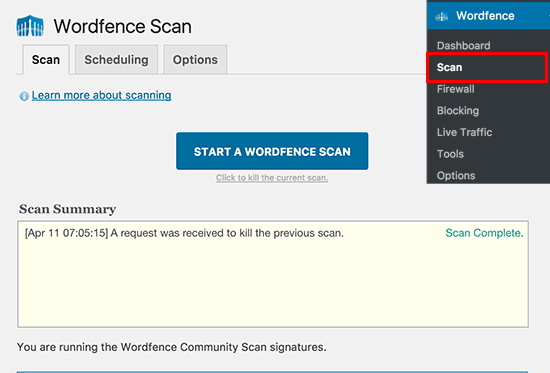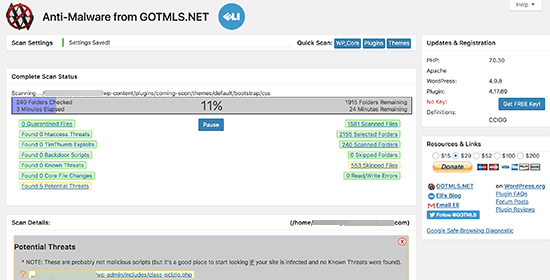In big win for Qualcomm, Apple must cease sale of iPhone models in China

- A Chinese court granted some preliminary injunctions against Apple on behalf of Qualcomm.
- The preliminary injunctions force Apple to cease Chinese sales of major iPhone models, including the iPhone X.
- This news represents a big win for Qualcomm in its years-long fight against Apple over patent infringement.
Chip manufacturer Qualcomm announced today that it received a big win in China in regards to its years-long fight with Apple over patent infringement.
According to Qualcomm, a Chinese court granted preliminary injunctions against Apple over the Cupertino-based company’s alleged infractions of Qualcomm’s intellectual property. The result? Apple must cease Chinese sales of the following iPhone models: the iPhone 6S, iPhone 6S Plus, iPhone 7, iPhone 7 Plus, iPhone 8, iPhone 8 Plus, and iPhone X.
Those iPhone models feature Qualcomm technology, which Qualcomm accuses Apple of using without paying Qualcomm the necessary licensing fees.
The patents in question revolve around consumers having the ability to “adjust and reformat the size and appearance of photographs,” as well as consumers’ ability to “manage applications using a touch screen when viewing, navigating, and dismissing applications on their phones.”
Qualcomm accuses Apple of also infringing on these (and other) patents throughout the rest of the world. However, since this Chinese court only has jurisdiction in China, iPhone sales in other countries will not change, at least for now.
Although the main processor chips in iPhones are made by Apple itself, there is still Qualcomm technology used to create Apple smartphones, such as cellular modems. However, since these two specific patents in question are software-based, it’s feasible Apple could issue an update to iOS which will help it avoid the sales ban.
In a statement, via Reuters, Apple said the iPhone models in question are still available for customers in China. The company added, “Qualcomm’s effort to ban our products is another desperate move by a company whose illegal practices are under investigation by regulators around the world.”
Qualcomm and Apple have been locked in court battles over patent licensing fees for years, with Apple accusing Qualcomm of charging heightened and exorbitant fees for licenses. Apple also disputes Qualcomm’s claim that Apple is legally required to give the chip-maker a percentage of iPhone sales revenue.
Recently, Qualcomm accused Apple of stealing trade secrets from Qualcomm and giving them to rival chip-maker Intel.
While today doesn’t represent the end of this battle, it is a clear victory for Qualcomm — and will force Apple to make some tough calls in regards to the other legal battles with the company around the world.
NEXT: Top 5 Qualcomm Snapdragon 855 features you need to know
Source: Android Zone
The post In big win for Qualcomm, Apple must cease sale of iPhone models in China appeared first on TuneMaster.ml.








